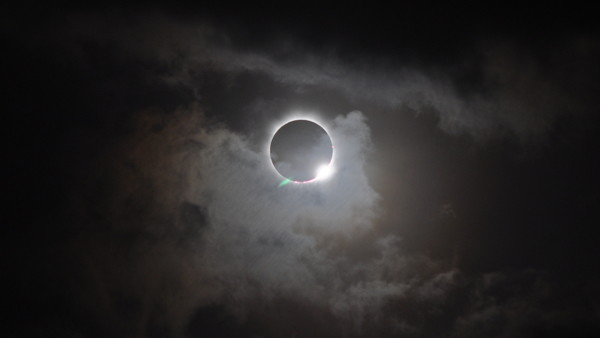21 Science Facts You Won't Believe Are True
4. If You Could Fold A Piece Of Paper 42 Times, It Would Reach The Moon

What's more, fold it 50 times, and it'll get you to the sun.
The average distance to the Moon from the Earth is about 384,000 km, and your average sheet of paper is about 0.01 cm thick, so intuitively you would think that you would need thousands, if not millions of foldings to reach the moon. Folding paper, however, increases its thickness exponentially, always doubling the last value, which drastically speeds things up.
The first time you fold it, the paper only doubles its original thickness, but when you fold it a second time, it quadruples it. By the time you're at just the sixth fold, it's already 64 times its original thickness. By the time you get to 20 folds, its 10 kilometres high. At 41 folds, you're more than halfway there, and so one more fold would be all it would take to double the height and reach the moon.
3. The Solar Eclipses We Get On Earth Are Unique In The Solar System

We get total solar eclipses like no other here on Earth, because by a staggering coincidence, the moon is about 400 times smaller than the sun in diameter, but it also happens to be about 400 times closer, making both objects appear to be the same size in the sky.
This means that, during a solar eclipse, the disk of the moon perfectly covers the disk of the sun, just leaving the shining corona poking out around the sides. Whilst other planets might experience partial eclipses, where the sun is bigger than the moon, or full eclipses where the sun is much smaller, nowhere else in the solar system will you see them line up so perfectly.